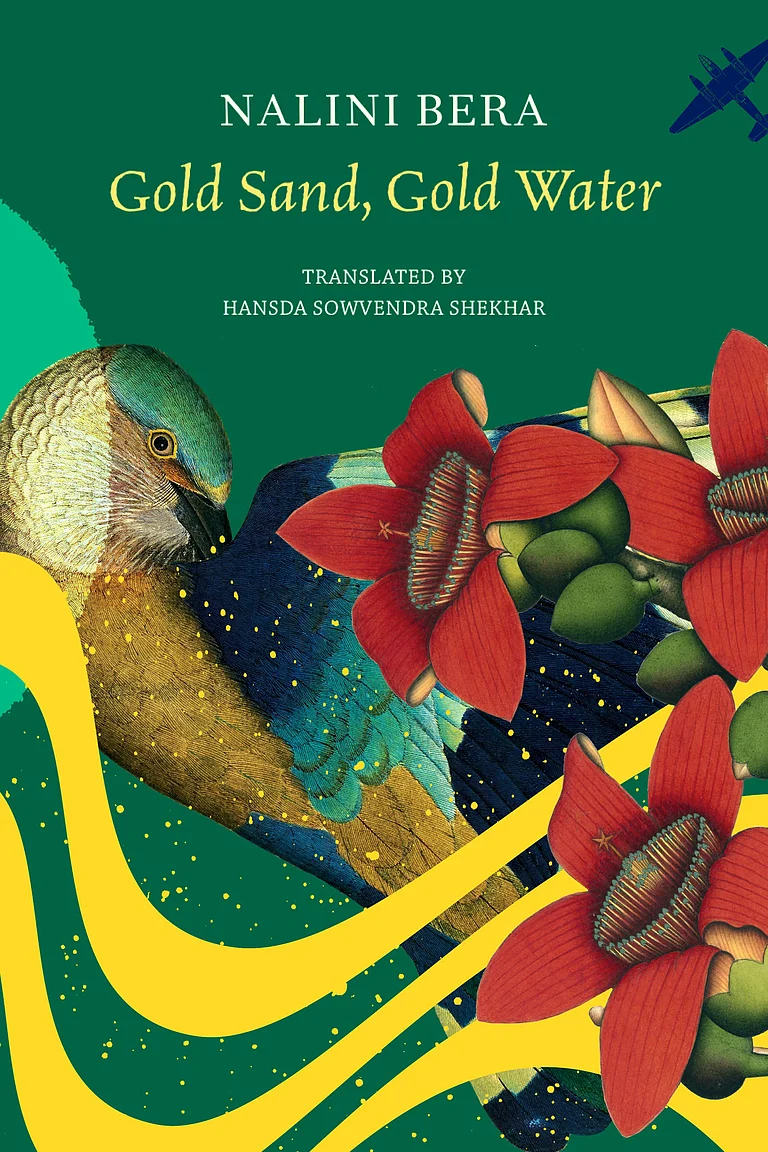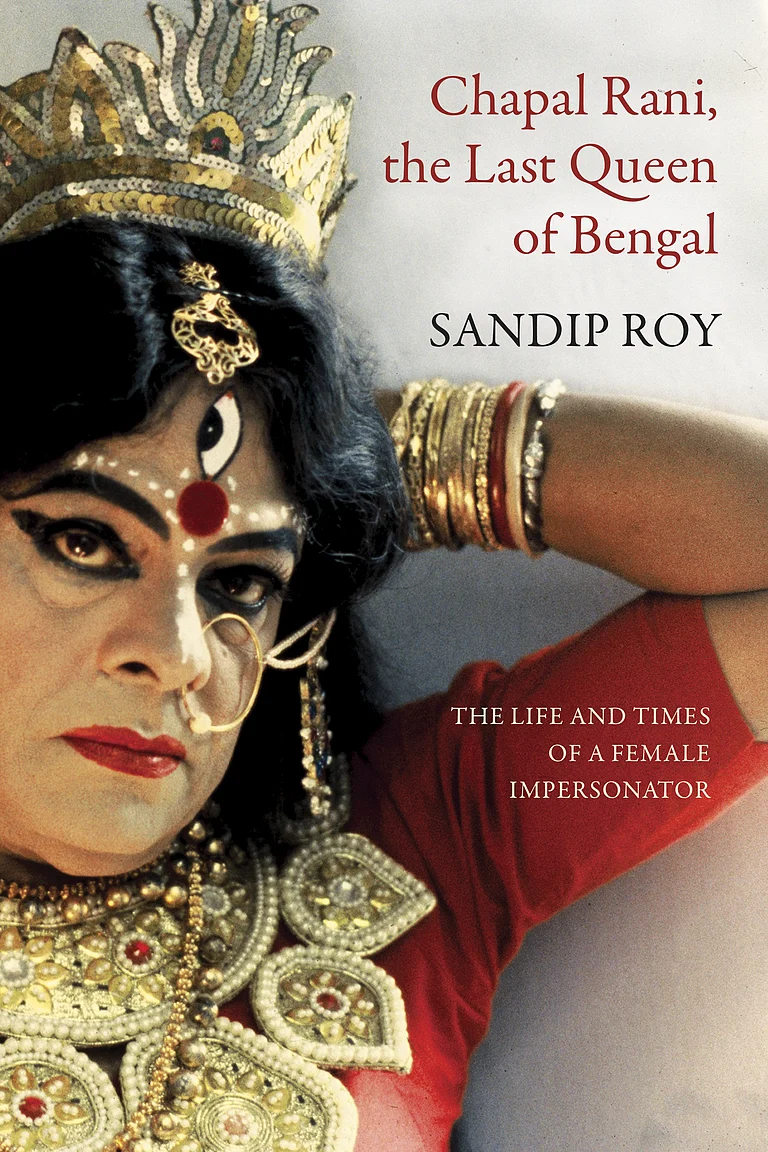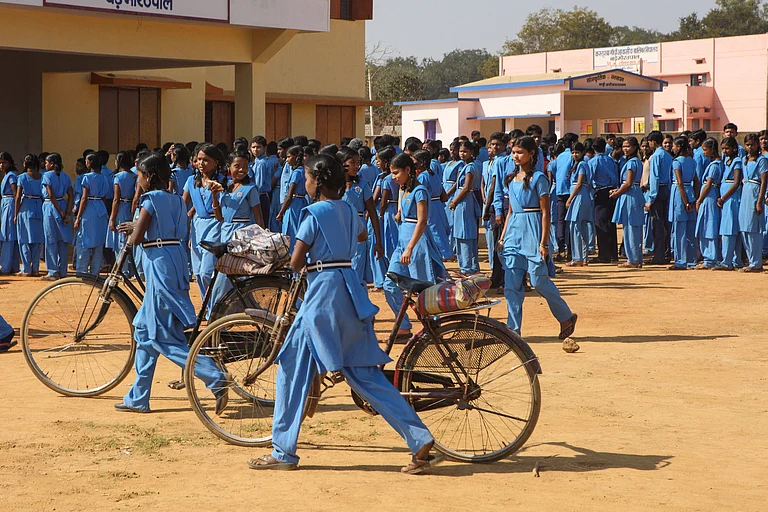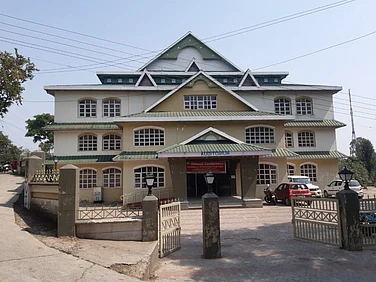“Chunav chinh haathi pe mohar lagai de,
Majhawan Vidhan Sabha se inko jitai de,
Pushplata Ji ko vidhayak banai de
[Stamp the election symbol elephant,
Make Pushpalata MLA
from Majhawan Vidhan Sabha]”
When Class X student Shiv Raksha got a call to write a song for BSP candidate Pushpalata Bind, contesting from Majhawan assembly seat under Mirzapur district, he got excited. It was in mid-February. He was briefed that the song must contain the name of the candidate, election symbol and appeal to vote. Raksha happily accepted the offer and wrote a song within half an hour. He was paid Rs 500 for his efforts, “a good rate” according to him. “I’ve written songs for Rs 50-100 as well, so this was a good amount,” he said.
In the run-up to this election season, a lot of young writers and singers did brisk business, creating songs and music for candidates. From commissioning to recording, these songs take just a few hours to produce. And the production cost rarely exceeds Rs 10,000. “Some songs even cost Rs 2,500-3,000. If a song doesn’t have a video, then it involves only sound editing, recording, singing and writing charges,” says Raksha. That’s the bottom end of the market, though the top end is not very high either.
Raksha has written several Bhojpuri songs in the past year. “Writing doesn’t take much time, just a few minutes. I’ve been writing songs to fund my education for a year now. If I take more than a day to write a song, I won’t earn much. Work depends on the season, and election season is always big.”
“The type of work changes with the season. With the festival of Holi due in a week’s time, there will be demand for songs related to Holi.” He adds, “The lyrics depend on what the client wants. Some people ask to include husband-wife romance, some ask me to write on mutual attraction between sister-in-law and brother-in-law. For elections, clients want songs to include the party symbol and candidate’s name.”

What made this poll season stand out was that every candidate wanted not one, but several songs to be created for their campaign, perhaps out of fear of getting drowned out in the din. After all, they have seen how bigwigs encourage party workers and singers to create multiple songs in their praise. Among the singers, while Manoj Tiwari and Ravi Kishan were expectedly popular among BJP candidates, Samar Singh took the honours for the SP.
Outlook had earlier reported on how music was setting the tone of this election. The demand for songs from local musicians indicates the hyperlocal needs of the candidates. “We had some songs already, but none in the name of our candidate. So we approached a Varanasi-based musician, who made three songs for us,” says Abdus Sami Khan, an SP supporter from Nizamabad in Azamgarh.
Another songwriter, Santu Rakesh, who is based out of Kolkata, agrees. “The most common demand among candidates is to include praise for their party, name of the candidate, and reference to the party symbol.”

He says every party has its campaign focal point. For instance, “If the candidate is from the BJP, the names of Yogi [Adityanath], [PM] Modi, the Ram Temple have to be featured. For SP, it’s the party symbol (cycle) and names of Mulayam and Akhilesh, and for BSP, every lyric has to include Mayawati and Kanshi Ram.”
Superlatives are doled out by the handful. Like dharti putra (son of the soil) for Mulayam Singh, and Sultan (king), Baba (monk), Behen (sister), Sher (lion) for others. “Singers are often party workers or hardcore supporters, so when they approach us, we don’t think twice before fulfilling their demand.”
Singer Abhishek Singh—whose claim to fame before becoming a campaign song regular was with songs oozing caste pride, like “Bhumihar ki Holi”, “Bhumihar ki Baraat”—started receiving offers since early February. He is also trying to establish a name for himself outside the bread-and-butter campaign songs. “We create content for others as well as for our YouTube channel. Seasons, trends all add up when deciding what to write.”

“Candidates often don’t demand videos for campaign songs. If they do, we offer a full package—from writing to preparing a video for uploading. It costs around Rs 25-30k.”
This year, Deepak Lal Yadav, who turned into a professional singer and live performer five years ago, has written songs for Jaikishan, the SP candidate from Ghazipur, and Virendra Yadav, the SP candidate from Jangipur. He has also performed live in their respective constituencies. “I support SP and write songs for them. So they invited me to sing their songs.”
Politicians always look for hummable, foot-tapping music to accompany their campaign. The meteoric rise of the Bhojpuri music industry over the last few years has created a new avenue for emerging musicians—even in the boondocks—to dabble into the market and eke a living. Inevitably, election seasons soon became happy hunting grounds for them.
Much like the Bhojpuri music industry, neither the audience nor the paymasters have expectations of high quality from these products, whose lifespan is no more than a month. So the songs are invariably poorly produced with tunes copied from popular Bollywood soundtracks, while the stodgy lyrics try hard to fit names and agendas into rhymes. A song by Nitish Bind that opens with praise for Akhilesh Yadav (the candidate represented SP), goes:
“Sukh-dukh ke hobe saathi
Kailash Chauriya ko vote de de chachi
[Vote for Kailash Chauriya, aunty,
He’ll stick with you through thick and thin].
Marshalling the medium
At a dhaba in Prayagraj, we chance upon 20-year-old Pradeep Sonkar humming the song “Jo Ram ko laye hai, hum unko layenge [We’ll vote for him, who has brought Lord Ram] by Chandigarh-based singer Kanhaiya Mittal. Sonkar is Jatav, a Dalit caste—said to be BSP’s core vote bank, while the song he was singing is an unofficial theme for the ruling BJP. When we ask him what he likes in the song, he says, “It’s being played everywhere, so I memorised it.”
ALSO READ: Media And Manipur: Courage Under Fire
He doesn’t reveal much about his voting preference, nor does he show any affinity towards the BJP, but his subconscious musical preference tallies with Marshall McLuhan’s proposition that “the medium is the message”. The Canadian media theorist had explained that apart from the content of a message, “the medium through which it is shared is also a message in itself, as it controls and shapes our association with it.”
Hema Sain, a researcher in Political Science at Delhi University, says, “Music binds people together and keeps the spirit of a campaign high.” The dialect in which a song is produced enhances its reach. “These songs are not complex, rather, quite simple.” The aim is to unite voters behind a candidate.
In other words, the music and the songs work as the medium to disseminate a candidate’s message in their constituency.
***
Several other singers, songwriters and composers confirmed what Outlook had already found out—that they don’t earn much from the work they do. “The amounts we get are measly,” says Mirzapur-based Bind. “That’s why we put our work on YouTube.”
All the singers have at least one YouTube channel, on which they upload all the content they produce. “I don’t get much from my own YouTube channel yet as I have just started. So I also sing and act on channels of more established performers that have more following and reach. Their owners pay me Rs 1,000-1,200 per video.”
ALSO READ: Dial M For Media: The New Muslim Voice
Relatively established singers like Deepak Lal Yadav and Abhishek Singh also earn from invites and events, apart from their YouTube channels that earn them a decent amount. Deepak says it is between Rs 5-15k, but doesn’t give exact figures. “It depends on the event. I earn around Rs 10-12k from one, while from YouTube, earning depends on the number of hits and views a video gets.”
It may not be a lot, but in a state that is languishing at the bottom of all economic indices, it’s enough for survival.
(This appeared in the print edition as "Theme Song")
ALSO READ


























